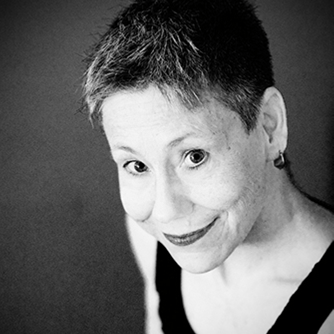Bonjour from the Salon du Livre de Montréal Salon. Katie Mace of Europa, Lorin Stein of FSG, and I are here on an editors trip courtesy of the Délégation générale du Québec in New York; the Société de Développement des Industries Culturelles (SODEC); and the Association nationale des éditeurs de livres (ANEL). We're escorted by the marvelous Fabienne Bilodeau, conseillère culturelle, or director of cultural services, at the Délégation, and Louis Dubé, senior officer at SODEC. Our visit is intended to introduce us to Quebec literary culture and publishers, and so includes a briefing on the publishing industry, visits to publishers and bookstores, and appointments to talk rights at the fair.
Quebec is home to 400 publishers, with overall sales of $120 million in 2008; for its 6 million French speakers, the province produces 4,000 books per year. Of these, only 10 to 15% are exported to France. (The most successful genre for export is the essay: Montaigne lives.)The government supports virtually all publishers to some extent: the Canadian council for the arts has a budget of $25 million for all Canadian publishers, with $16 million earmarked for Quebec. As opposed to France, with its classical tradition, Quebec is not European; it’s international, with a North American way of life and cultural references (as evidenced by a dinner discussion of “Gilligan's Island”). As a result Quebec literature is much more universal than regional; and although the many literary prizes are bestowed upon Canadian writers only, their books and topics are far from parochial.
Quebec bookstore culture is thriving. Only three percent (that familiar figure! but here in another context) of books are sold online, the rest purchased at stores. Almost all books are published as paperback originals (many with what we know as “French flaps”). Book fairs are also popular. Quebec is five times the size of France, and hosts ten annual book fairs, the two largest being this one and the Quebec Salon, held in March or early April.
The Montreal fair kicked off Wednesday, November 18, and runs six days, with a projected attendance of 120,000. As the theme “Le livre, une affaire de famille,” suggests, the Salon is primarily for consumers. After the scrum of Frankfurt, the Salon is calm and welcoming; the aisles are far wider, the stands larger and less crammed in, so that the entire hall has a much more expansive feeling. Publishers display both new and backlist titles in spacious, well-stocked stands set up like bookstores to facilitate browsing. Rights sales are secondary here: there are more cash registers than catalogs, and the visitors buy books and line up to have them autographed by the 1,500 authors signing here. Traffic here is so heavy, and sales so high, that the local bookstores offer discounts of 20% during the fair.
Throughout, the fair offers le matinée scolaire, when school children (“limited to six thousand per day”) are admitted. After the broken-field running required at Frankfurt, when all of Germany seems to be lumbering through the halls festooned with shopping bags, this prospect sounded less book fair than enfer, but the layout accommodates the crowds with ease.
The fair is festooned with posters of the admirable Dany Laferrière, winner of the 2009 Prix Médicis (for “a writer whose talent does not yet match his fame”) for his book L’Énigme du retour. Laferrière left Haiti in 1976 during the Duvalier dictatorship, moved to Montreal, and worked as a journalist before publishing his first novel in 1985. This is his year: in addition to the Médicis, he's also been awarded the Grand Prix littéraire international Metropolis bleu 2010, to be awarded at the annual festival of the same name next April. Like the Eiffel Tower in Paris, he can be seen from almost any spot on the floor, the patron saint of the Salon.








